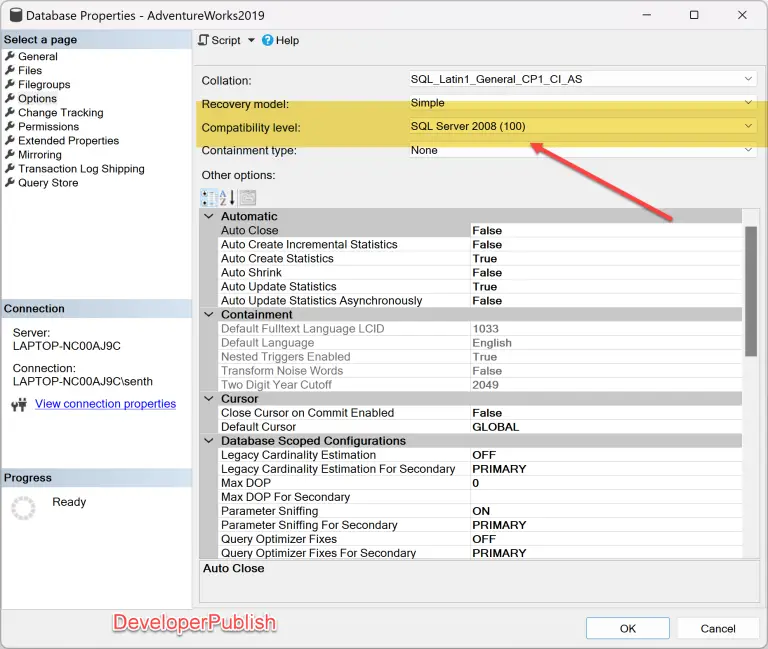In this blog post, let’s learn about the error message “8623 – The query processor ran out of internal resources and could not produce a query plan.” in Microsoft SQL Server, the reason why it appears and the solution to fix it.
SQL Server Error Message
8623 – The query processor ran out of internal resources and could not produce a query plan. This is a rare event and only expected for extremely complex queries or queries that reference a very large number of tables or partitions. Please simplify the query. If you believe you have received this message in error, contact Customer Support Services for more information.
Reason for the Error
The SQL Server Error 8623 occurs when the query processor runs out of internal resources and is unable to produce a query plan. This error is rare and typically only occurs for extremely complex queries or queries that reference a large number of tables or partitions.
There are several possible causes of this error, including:
- Insufficient memory: If the query requires more memory than is available, it can cause the query processor to run out of internal resources.
- Complex query logic: If the query is too complex, it can cause the query processor to exhaust its internal resources. This can happen if the query involves a large number of nested subqueries or complex joins.
- Large number of tables or partitions: If the query references a very large number of tables or partitions, it can cause the query processor to run out of internal resources.
- Outdated statistics: If the statistics used by the query optimizer are outdated or incorrect, it can cause the query processor to generate an inefficient query plan, which can lead to the error.
Solution
To resolve this error, you can take the following steps:
- Simplify the query: If the query is too complex, consider simplifying it by breaking it down into smaller queries or using temporary tables.
- Optimize the query: Consider optimizing the query by rewriting it to use more efficient query logic or by using appropriate indexing.
- Update statistics: Make sure that the statistics used by the query optimizer are up-to-date and accurate.
- Increase memory: Consider increasing the amount of memory available to the query processor.


